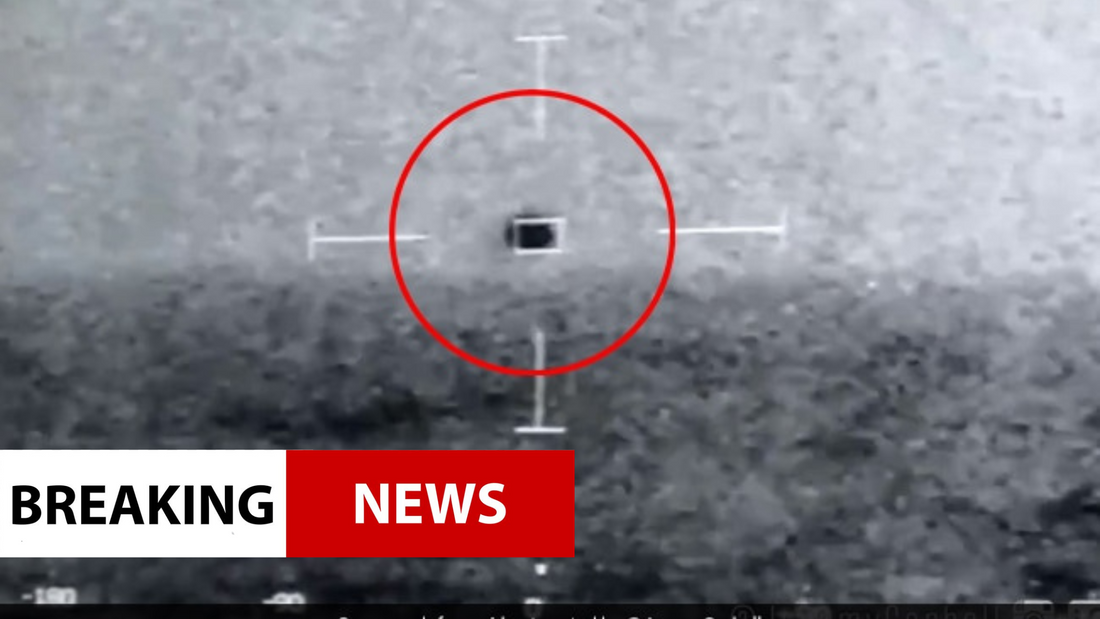
NASA: "No evidence UFOs are Aliens"
Share
NASA's independent study team released its long-awaited report on UAPs (Unidentified Anomalous Phenomena) on September 14, 2023. In an effort to move beyond the stigma often associated with UFOs, which can deter military pilots from reporting them due to fear of ridicule or job repercussions, the US government now refers to them as UAPs.
The study's primary finding is that there is no evidence to suggest that reported UAP observations are of extra-terrestrial origin. This conclusion comes as no surprise to me, as a professor of astronomy with a focus on astrobiology and the search for extra-terrestrial life.
During a press briefing, NASA Administrator Bill Nelson emphasised the need to shift the UAP conversation from sensationalism to scientific inquiry. This shift is prompted by some of the more sensational claims surrounding UAPs and UFOs, including allegations of hidden evidence of crashed UAPs and alien biological specimens. Such claims have been met with scepticism and denial by experts in the field.
NOW: A discussion of the report by the unidentified anomalous phenomena report (UAP) independent study team.
— NASA (@NASA) September 14, 2023
Read the full report (PDF): https://t.co/uYhsJ6stRR https://t.co/FuftbhwL4D
The NASA study team's report sheds limited light on the extra-terrestrial nature of some UAPs. Out of over 800 unclassified sightings collected by the Department of Defense's All-domain Anomaly Resolution Office, only a small handful could not be immediately identified as known human-made or natural phenomena.
Many recent sightings have been attributed to weather balloons and other airborne clutter, while historically, most UFOs have been astronomical objects such as meteors, fireballs, and the planet Venus. Some sightings are linked to surveillance operations by foreign powers, raising national security concerns.
The report offers recommendations to NASA on how to advance these investigations. It highlights the need for improved data quality and access to classified sightings. The study team suggests gathering UAP sightings from commercial pilots using the Federal Aviation Administration and integrating them with classified sightings. Currently, there is no anonymous nationwide UAP reporting mechanism for commercial pilots.
NASA also announced the appointment of a new director of research on UAPs, tasked with overseeing the creation of a database for evaluating UAP sightings.
During the briefing, officials stressed the importance of transparency, as UFOs have long been associated with conspiracy theories and government cover-ups. NASA intends to make all non-classified UAP data publicly available, following its policy of transparency in sharing scientific data.
While the search for extra-terrestrial life remains a possibility, the report concludes that, in the case of UAPs, the hypothesis of extra-terrestrial life should be considered a last resort, adhering to the principle that "extraordinary claims require extraordinary evidence." Such evidence has not yet been found.
You’ve come this far…
Why not venture a little further into A.S.S. - our exclusive Australian Space Society.
And keep thrusting Australia into the deep unknown…
#Space_Aus




